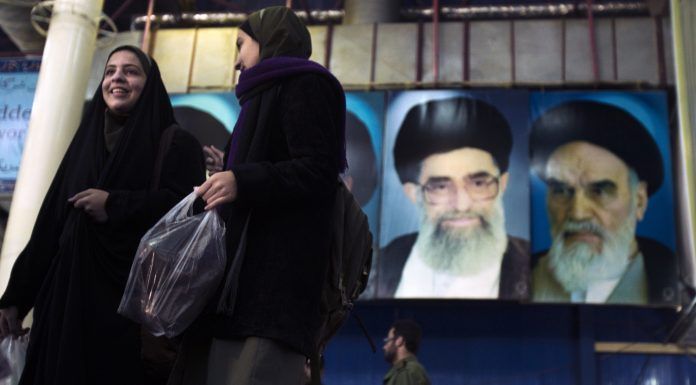Iran has the worst workplace gender gap record after Pakistan and Yemen, according to the Organization for Economic Co-operation and Development (OECD).
In a report released on March 8 to mark International Women’s Day, the OECD, an intergovernmental economic organization based in Paris, ranked Iran 118th out of 120 countries in terms of progress in narrowing the gender gap and creating employment opportunities for women.
Switzerland has the best record in terms of workplace gender equality, followed closely by Denmark, Sweden, France, and Portugal. According to the OECD report, the cost to the global economy of gender-based discrimination is around $6 trillion, the equivalent of 7.5 percent of global gross domestic product (GDP). There is a 13.5 percentage point difference in wages between men and women in developed countries.
A recent study by the Statistical Center of Iran showed that in 2017, only 19.7 percent of the nearly 27 million people in the workforce were women. The unemployment rate among women with a university education has more than doubled from 12 to 26 percent in the past nine years.
More than 30 percent of women eligible to work in the provinces of Yazd, South Khorasan, Kerman, Isfahan, Ilam, Khorasan Razavi, Fars, Golestan, Mazandaran, Kohgiluyeh and Boyer-Ahmad and Sistan and Baluchestan are unemployed.
Legislation in the Islamic Republic prevents women from exercising a wide range of professions. Women cannot serve as judges or as the country’s president. Nor can they be oil rig workers, sailors, soldiers, or firefighters.
[Translated from Persian by Fardine Hamidi]



